Can Civil Aviation decrease CONTRAILS now???
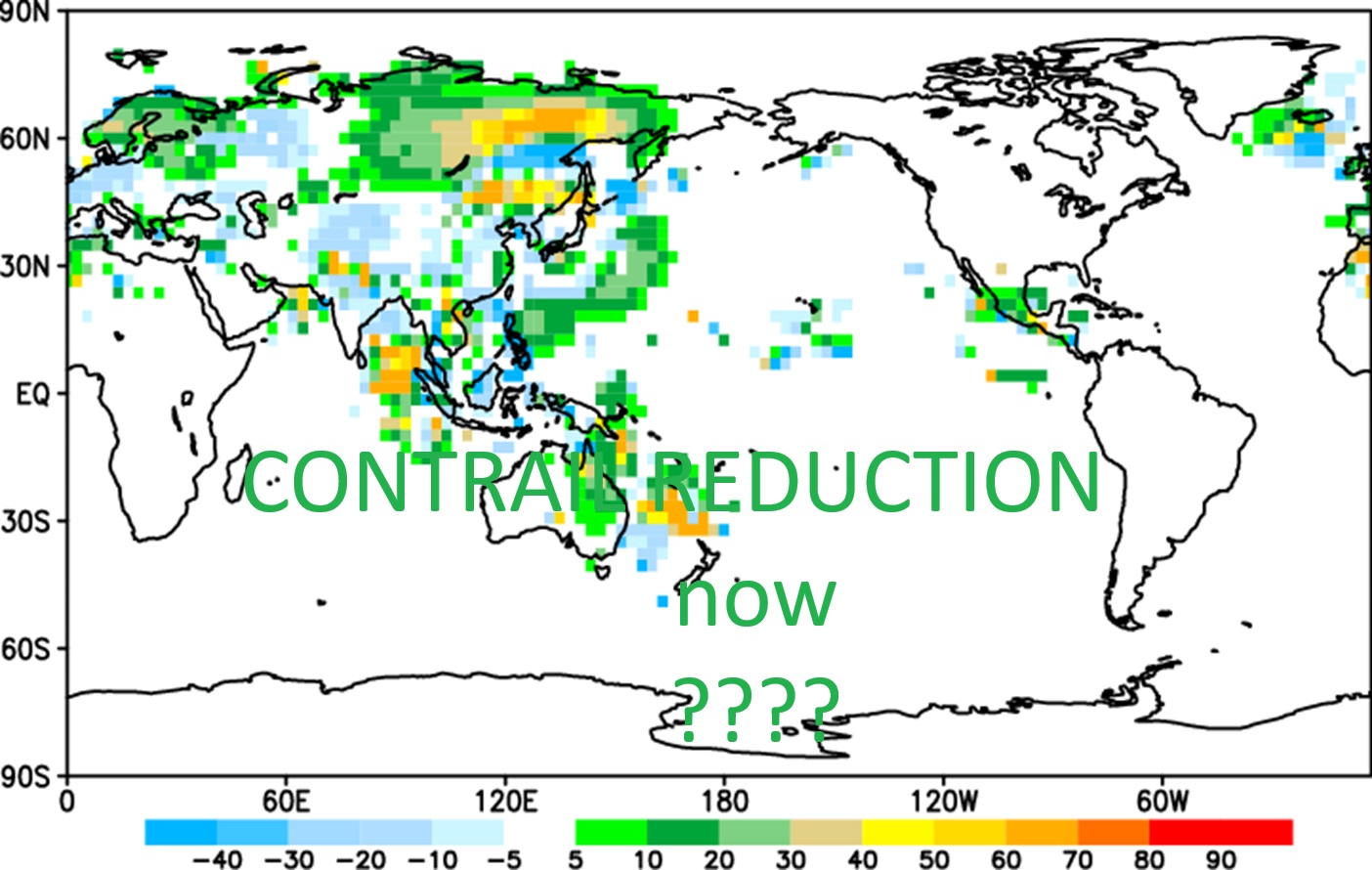
Contrail reduction is one of the more promising and potentially impactful environmental solutions in aviation. It is unclear why the heavily researched greener options are not yet being systematically applied.
Below is an informative article about an EU/EASA/ DLR/ MAASTRICH UAC TRIAL, testing whether ATC vector/altitude assignments can reduce this phenomenon. The report about his test, ongoing since 2021, did not mention any results or recommendations.
Here are a few recent reviews of aviation’s efforts to reduce/ eliminate Contrails:
- Scourge of CONTRAILs being attacked by EASA and FAA
- IATA’s STUDY of Contrails is MOST INSTRUCTIVE
- SAF may be the solution to CONTRAILS
There are other significant tests which appear to validate the Maastrich test:
- A science experiment in the sky attempts to unravel the mysteries of contrails
- A full analysis of the test flights’ results is still at least a few months away, but researchers onboard and other industry partners are excited about what they’ve seen so far.
“It is a super wonky and complicated science challenge but I’m excited for the amount we’re learning,” Lauren Riley, United Airlines’ chief sustainability officer, told USA TODAY. “The industry is committed to doing the right thing.”
- “We’re still seeing contrails under some conditions but we’re having to tease out the effects of the fuels and the environmental conditions and that will be something the team will be working on over the coming weeks and months.” Moore said. “We have our work cut out for us. The emissions are just that low, we’re measuring very small signals above the atmospheric background. The fact that it’s that hard is a good thing for this technology and these fuels going forward, even if it makes our job as scientists a little harder.”
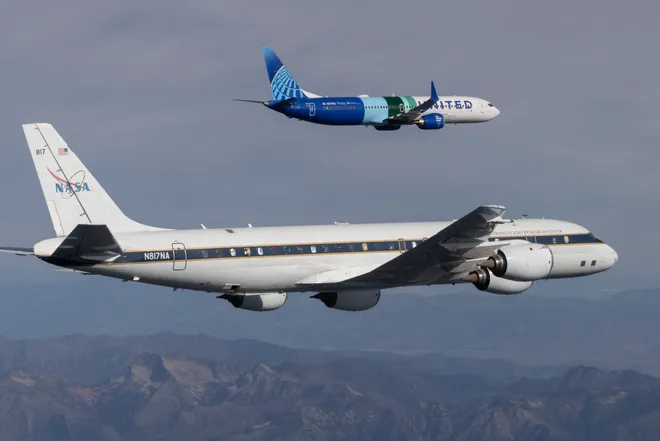
- American Airlines participates in first-of-its-kind research on contrail avoidance
- “The study, led by Google Research and Breakthrough Energy and with support from American, tested whether it is possible to identify atmospheric zones that are likely to create contrails. The team then determined whether pilots could avoid making contrails in flight when supplied with data regarding the location of these zones.
- “The results from this small-scale test are encouraging, and, while clearly there are more questions to answer about HOW TO OPERATIONALIZE CONTRAILS AVOIDANCE ACROSS OUR INDUSTRY, we’re excited to have played a role in establishing this first proof point. And we’re looking forward to sharing what we learned with stakeholders in the aviation industry and beyond.”
- “After collecting large data sets — such as satellite imagery, weather and flight path data —Google Research and Breakthrough Energy used artificial intelligence (AI) to develop contrail forecast maps. A small group of American pilots flew 70 flights over six months, using AI-based predictions to make small modifications to routes that were projected to create contrails.
- . “We now have the first proof point that commercial flights can use these predictions to avoid contrails, as verified in satellite imagery. We’re grateful for our partnership with American Airlines and Breakthrough Energy – together we’ve taken a significant step towards understanding a high-potential climate solution.”
- After the test flights, Google Research analyzed satellite imagery and found that flights where pilots used the AI predictions to avoid creating a contrail reduced contrail formation by 54%, as measured by distance, compared to flights where pilots did not use the predictions. This first proof point — albeit on a small number of flights — shows that a commercial flight can verifiably avoid creating a contrail. Additional research is necessary to determine if this success can be replicated and scaled.
- “Avoiding contrails might be one of the best ways to limit aviation’s climate impact, and now we have a clear demonstration that it’s possible to do so,” said Marc Shapiro, Director of Breakthrough Energy Contrails. “This study is a great example of what happens when creative, ambitious organizations work together to better understand and solve a tough problem, and we’re grateful for American’s and Google’s partnership.”

- Another interesting joint effort is called REVIATE, an impressive coalition of 8 international research organizations, 8 of the world’s leading technology companies and 4 of the leading ATC organizations. Reviate explains that it is building open tools and methods to advance a roadmap for contrail avoidance across the aviation industry. Learn more on Github and py.contrails.org.( Contrail Map and the Contrail Navigator.
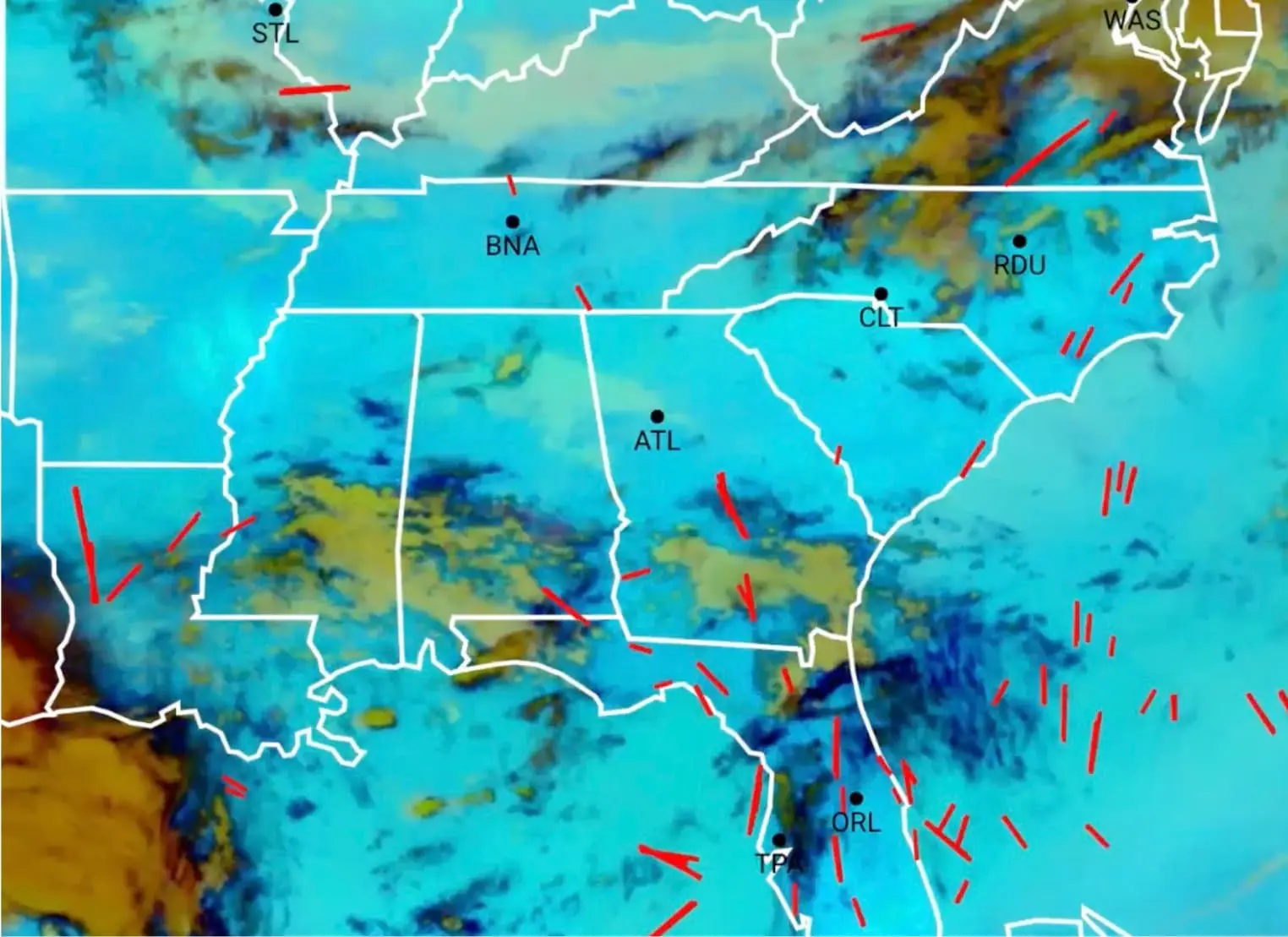
Aviation could use some GREEN WINS and these reports, as of yet with no published conclusions, suggest that there may be some immediate gains as to CONTRAILS.
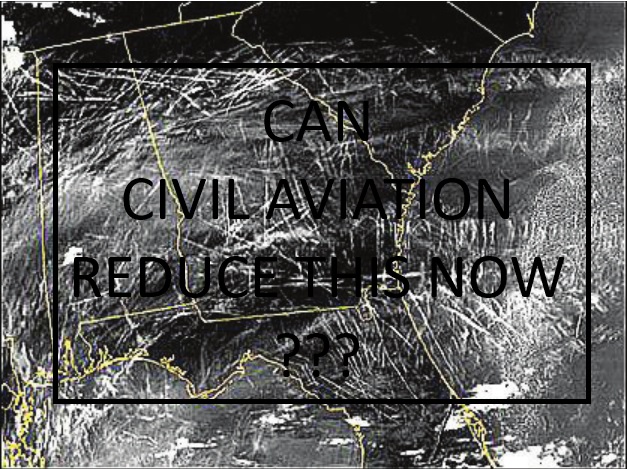

Climb for Contrail Prevention – What’s Happening in the Maastricht UAC?
By The OPSGROUP Team
A few weeks back, the following NOTAM was issued for the Maastricht UAC (i.e. the busy airspace above FL 245 over Belgium, the Netherlands and Luxembourg):

Essentially if you are flying through that airspace between now and September 19 you may be instructed to climb or descend using the phrase ‘FOR CONTRAIL PREVENTION.’
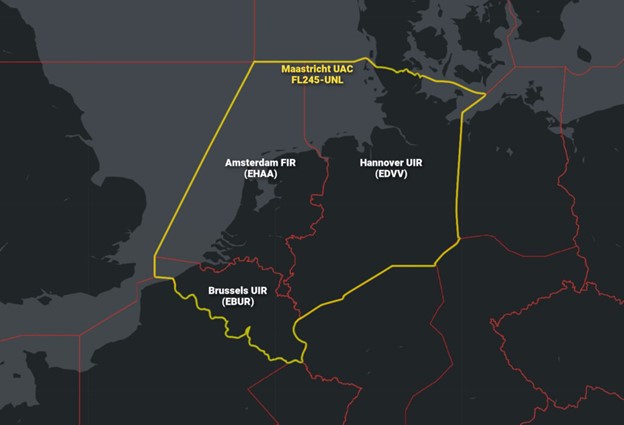
Maastricht have teamed up with DLR (the German Aerospace Center) in a bid to lower aviation’s ‘non-CO2’ climate impact. In other words, the effect aviation is having on the environment beyond fossil fuel emissions.
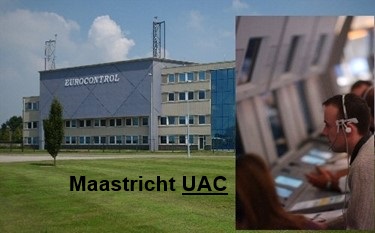

In that sense, THIS TRIAL is one-of-a-kind and has been running on-and-off since 2021.
If you’re wondering why you’re being asked to deviate from your desired level, and what that has to do with contrails, read on.
What does any of this have to do with contrails?
The concept of non-CO2 impacts may be less familiar to operators. NON-CO2 EFFECTS have to do with complex interactions between aircraft emissions and their effect on the surrounding atmosphere.
This includes soot particles – a byproduct of combustion. It may come as a surprise that contrails are not (as is often misrepresented) just water vapor. When water vapor exits the exhaust nozzle of a jet engine, it condenses and freezes to these soot particles creating tiny ice crystals.
These crystals form contrails. They are in fact a type of cirrus cloud with a fancy name that sounds like a bad cold – HOMOGENITUS. And if conditions are right, they can persist for hours – long after the aircraft that created them has disappeared over the horizon.
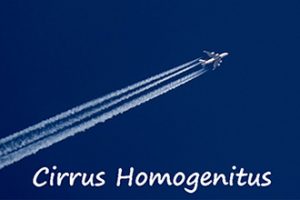
At night in busy airspace (such as the Maastricht UAC) these contrails can have a WARMING EFFECT by trapping heat in the atmosphere, just like naturally occurring clouds.
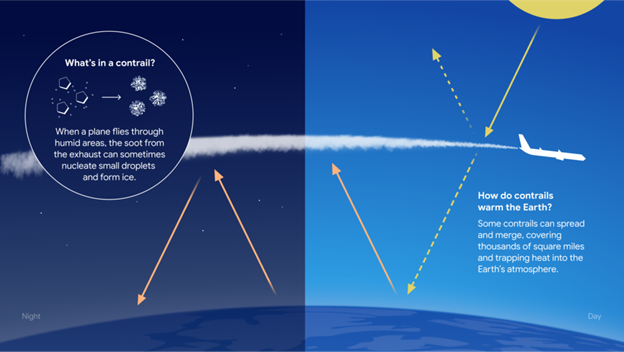
This process occurs across quite a shallow band – around FL300 in Winter and FL360 in Summer.
So, contrails are important. Why do I need to change levels?
The strength and persistence of contrails has a lot to do with the state of the atmosphere around them. Part of the industry’s approach is predicting when the atmosphere is favourable to form contrails and making small flight path adjustments to avoid the worst of those conditions.
Enter the Maastricht UAC Contrail Prevention Project.
Covering your tracks
The airspace of Maastricht often experiences conditions favorable for the formation of contrails. Therefore, it is the ideal testbed for the trial.
The project focuses on identifying those conditions and preventing prolonged level flight through them. In a nutshell, the German Aerospace Center identify when conditions in the Maastricht UAC are favorable for the formation of contrails by looking at satellite data.
Taking predicted traffic levels into account, the duty supervisor then gives the thumbs up for controllers to conduct ‘contrail prevention activity.’
If it goes ahead, it will begin after 4pm local and run through the night until 6am local.
Affected aircraft will be directed by air traffic control to change flight level using the phrase ‘for contrail prevention.’
What about fuel burn?
EUROCONTROL advise that ATC will only request the minimum level change required – i.e. will keep you as close as possible to you chosen level as conditions permit.
Anyone operating in Maastricht airspace may be selected to participate in this trial. It is important to inform the controller if the level change will affect flight safety for which all levels will remain available.
